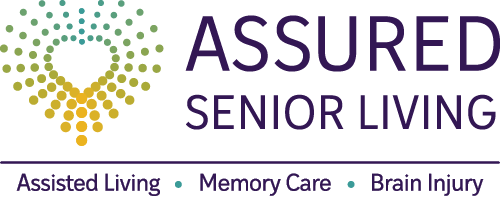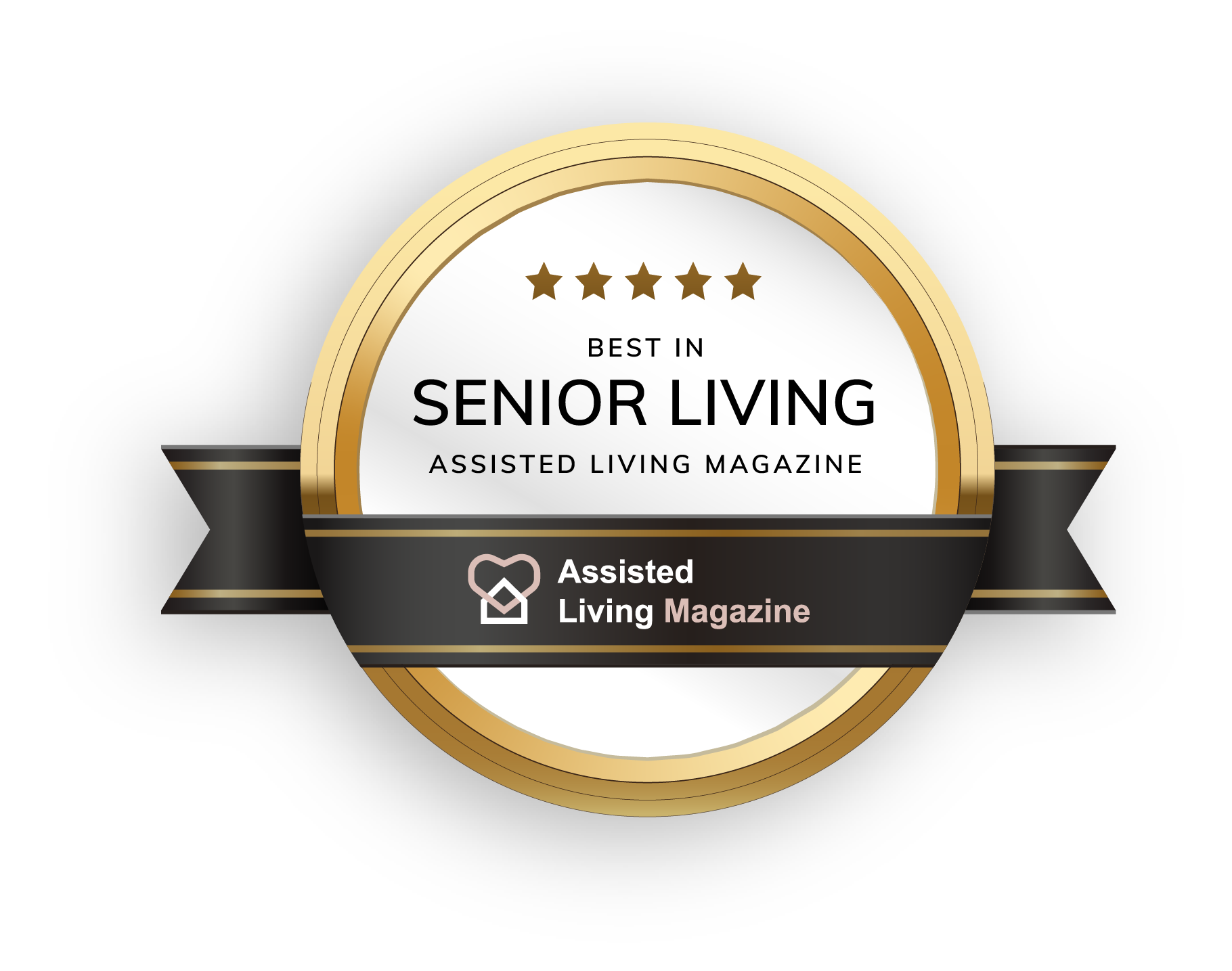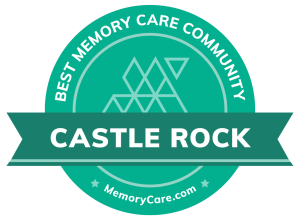BLOG
Understanding Traumatic Brain Injury: Causes, Symptoms, and Long-Term Effects
At Assured Senior Living, our team provides supportive living for those with traumatic brain injuries in our residential assisted living model of care that feels like a home. We are here to answer any of your questions.
What are traumatic brain injuries?
Traumatic brain injury (TBI) happens when a sudden, external, physical assault damages the brain. It is one of the most common causes of disability and death in adults.
TBI describes a vast array of injuries that can occur to the brain. The damage can be focal (confined to one area of the brain) or diffuse (happens in more than one area of the brain). The severity of a brain injury can range from a mild concussion, to a severe injury that results in coma or even death.
There are two types of traumatic brain injuries:
- Closed brain injury: Caused by rapid forward or backward movement and shaking of the brain inside the skull, causing bruising and tearing of brain tissue and blood vessels.
- Penetrating brain injury: Occurs when an object breaks through the skull and enters the brain.
According to Brain Trauma Foundation, each year, about 2.5 million individuals have traumatic brain injuries resulting in approximately 50,000 deaths, and over 80,000 cases of permanent disability.
What causes traumatic brain injuries?
According to the CDC, people most commonly get TBIs from a fall, firearm-related injury, motor vehicle crash, or an assault.
Research shows that:
- Falls lead to nearly half of the TBI-related hospitalization.
- Firearm-related suicide is the most common cause of TBI-related deaths in the United States.
- Motor vehicle crashes and assaults are other common ways a person may get a TBI.
Symptoms of traumatic brain injuries
According to the National Institute of Health, several factors affect symptoms: the type of injury, its severity, and the area of the brain injured. Brain injuries can be localized (exactly where the injury occurred), and also include the surrounding tissues. That is why some symptoms occur immediately, while others appear days or even weeks later.
Symptoms for a mild TBI include:
- Headache
- Confusion
- Lightheadedness
- Dizziness
- Blurred vision
- Ringing in the ears
- Drowsiness
- A bad taste in the mouth
- A change in sleep habits
- Changes in behavior
- Trouble with memory, concentration, attention, or thinking
- Loss of consciousness lasting a few seconds to minutes
- Sensitivity to light or sound
- Nausea or vomiting
A person with
moderate or severe TBI may have some of the symptoms listed for mild TBI, as well as any of the following:
- Headache that worsens and never lets up
- Loss of vision in one or both eyes
- Repeated vomiting or continued nausea
- Slurred speech
- Convulsions or seizures
- An inability to wake up from sleep
- Enlargement of the pupil (dark center) of one or both eyes
- Numbness or tingling of arms or legs
- Uncoordinated or “clumsy” movements
- Increased confusion, restlessness, or agitation
- Loss of consciousness lasting a few minutes to hours
Long-term effects of moderate to severe traumatic brain injuries
Johns Hopkins Medicine lists the following possible effects:
Cognitive
- Coma
- Confusion
- Shorter attention span
- Memory problems, amnesia
- Problem-solving deficits
- Problems with judgment
- Inability to understand abstract concepts
- Loss of sense of time and space
- Decreased awareness of self and others
- Inability to accept more than one- or two-step commands at the same time
Motor
- Paralysis or weakness
- Spasticity (tightening and shortening of the muscles)
- Poor balance
- Decreased endurance
- Inability to plan motor movements
- Delays in getting started
- Tremors
- Swallowing problems
- Poor coordination
Perceptual or sensory
- Changes in hearing, vision, taste, smell, and touch
- Loss of sensation or heightened sensation of body parts
- Left- or right-sided neglect
- Difficulty understanding where limbs are in relation to the body
- Vision problems, including double vision, no visual acuity, or limited range of vision
Communication and language
- Difficulty speaking and understanding speech (aphasia)
- Problems choosing the right words to say (aphasia)
- Difficulty reading (alexia) or writing (agraphia)
- Difficulty knowing how to perform certain very common actions, like brushing one's teeth (apraxia)
- Slow, hesitant speech and decreased vocabulary
- Unable to form sentences that make sense
- Problems identifying objects and their function
- Problems with reading, writing, and ability to work with numbers
Functional
- Impaired ability to accomplish activities of daily living (ADLs), such as dressing, bathing, and eating
- Problems with organization, shopping, or paying bills
- Inability to drive a car or operate machinery
Social
- Impaired social capacity resulting in difficult interpersonal relationships
- Difficulties in making and keeping friends
- Difficulties understanding and responding to the nuances of social interaction
Regulatory disturbances
- Fatigue
- Changes in sleep patterns and eating habits
- Dizziness
- Headache
- Loss of bowel and bladder control
Personality or psychiatric changes
- Apathy
- Decreased motivation
- Emotional lability
- Irritability
- Anxiety and depression
- Disinhibition, including temper flare-ups, aggression, cursing, lowered frustration tolerance, and inappropriate sexual behavior
Healing the brain
It’s true that once brain cells are destroyed or damaged, they do not regenerate, but there is room for recovery. That’s because other parts of the brain can take over, even redirecting information and function around the area that was damaged. There is no easy way to predict how long this process can take, because each injury and road to recovery is unique.
Treatment, compassionate care, and rehabilitation are key.
We are here to help
If you love someone who’s coping with the effects of a brain injury and are concerned you’ll be unable to find the quality care they deserve—Assured Senior Living’s brain injury supportive living will allow you to finally put your mind at ease. Our customized programs promote residents’ health, socialization, and quality of life. We’d love to tell you more.
Individualized, positive care in a residential setting. Contact us today, or download our free Family Decision Toolkit guide for more information.















